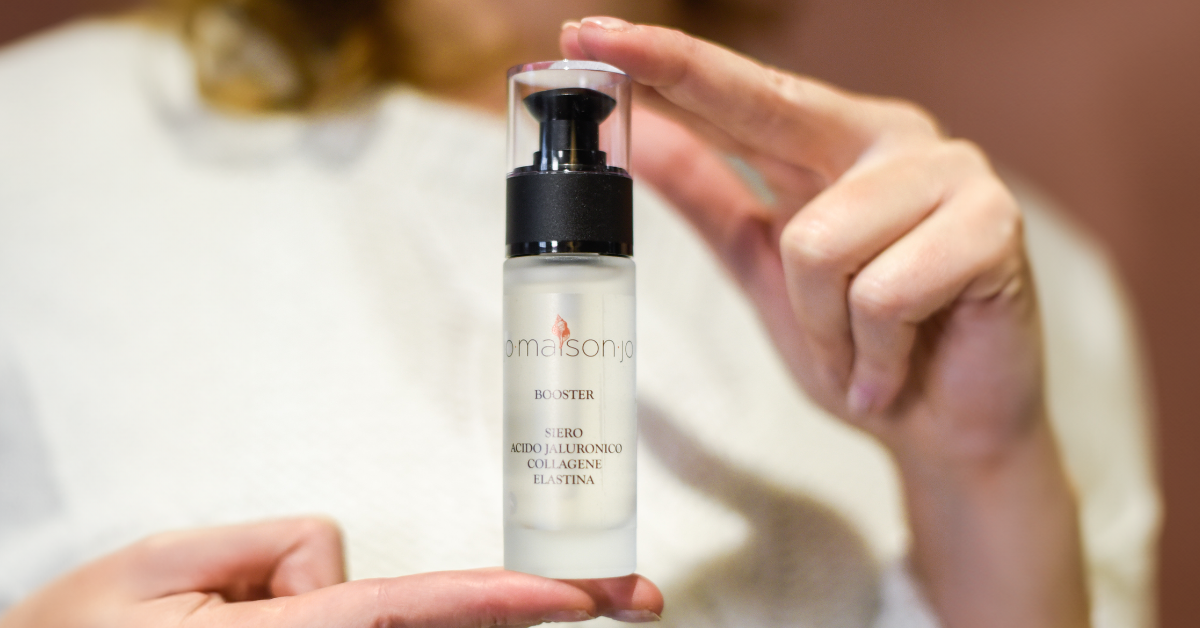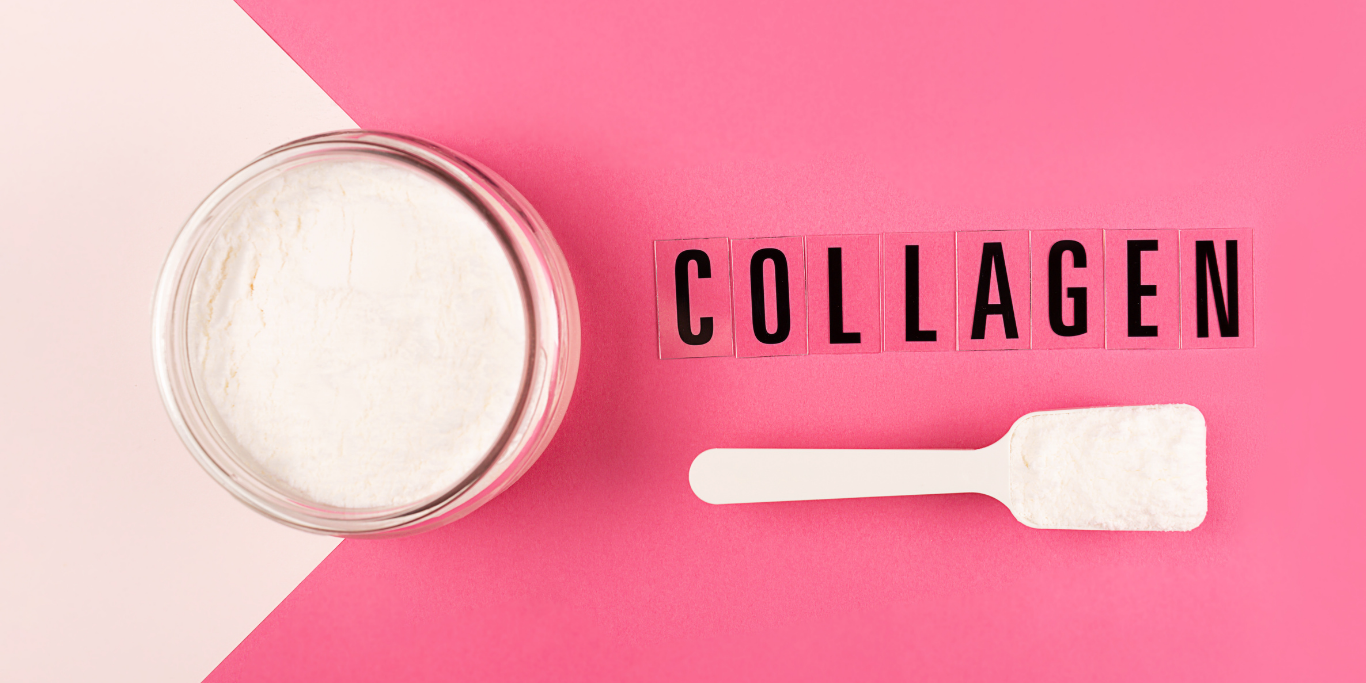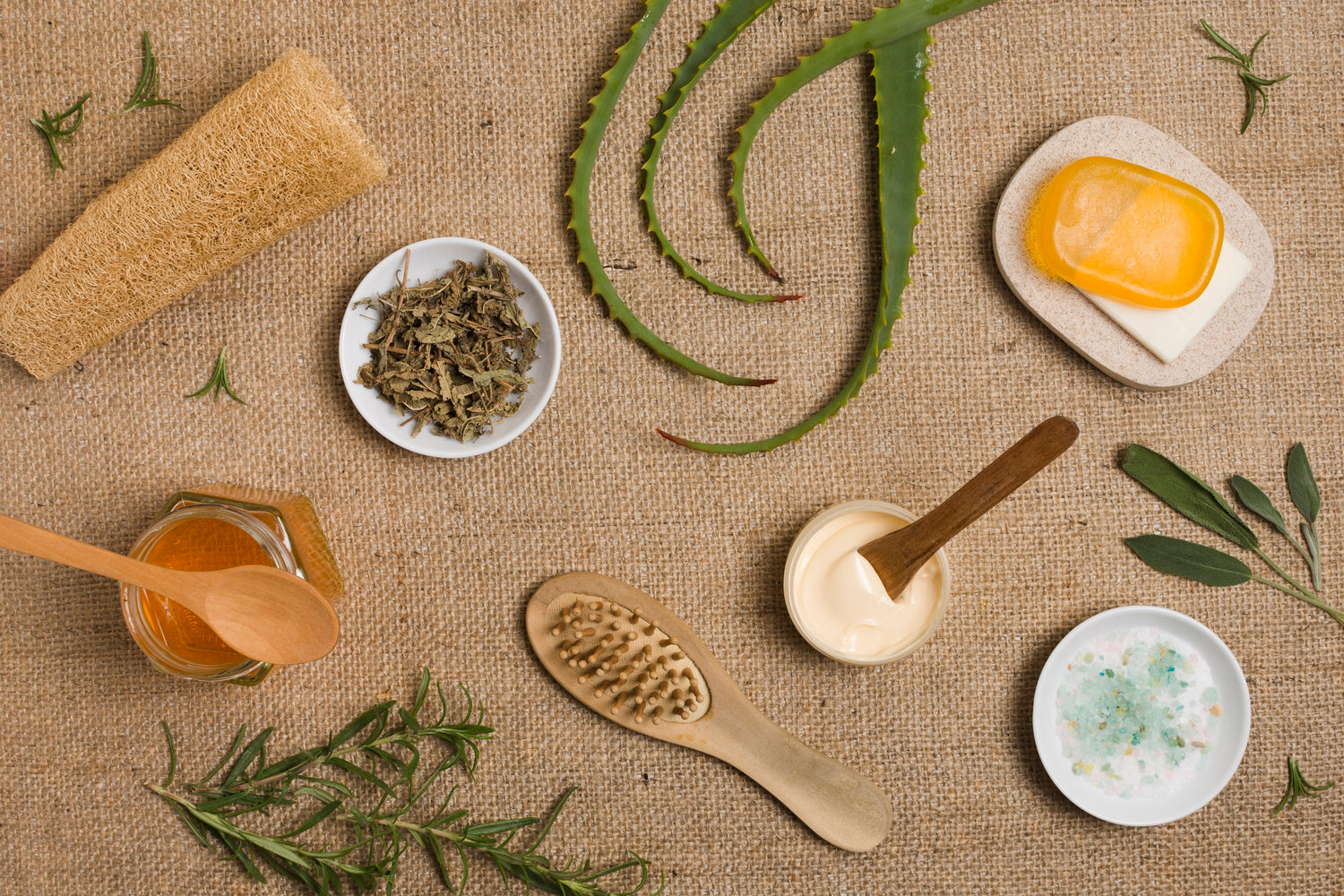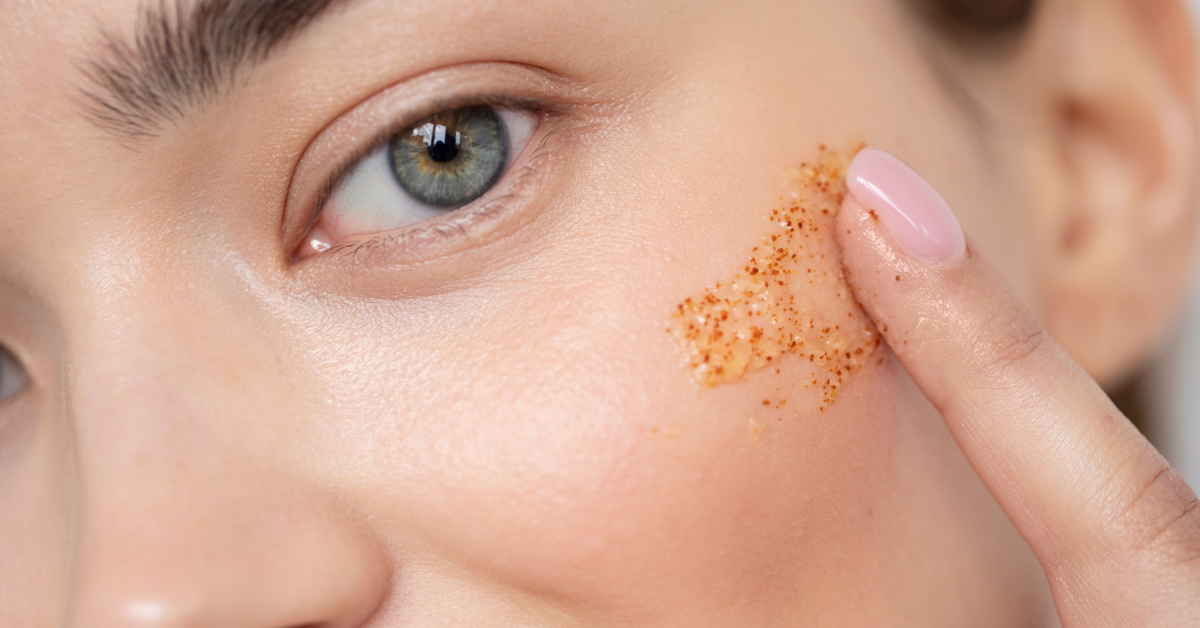Do you know the Serum Layering technique that involves the combined use of different serums, applied sequentially depending on the needs or requirements of each? If you have only heard about it, but have not yet fully understood its beauty power, read and take notes.
Because if a serum alone is effective, in synergy with others it is unbeatable. Personalization and enhancement are among the benefits of serum layering, and for this to happen, it is essential to acquire a full understanding of the appropriate time and way to layer serums. In Italy, this particular technique that allows you to combine the action of multiple active ingredients thanks to the possibility of applying the products in sequence based on texture and functions, has been promoted by the brand Miamo, which provides assistance and advice with skin experts to be requested through its website to determine which specific serums and how many of them are best suited to each skin type (something alone can, in fact, be complex).
However, it is essential to understand not only how to apply serums to the face, but also the correct method to layer them. Here is a detailed guide on proper serum layering.
Why layer face serums?
Serum is a lightweight, concentrated formulation of active ingredients that help target specific skin concerns. Combining complementary formulations helps amplify the benefits of each serum and address multiple concerns at once so you can more quickly and effectively achieve your skincare goals of having the most glowing skin possible.
How to layer face serums?
Here are some things to consider:
Let's stick to two products: using too many serums at once can compromise their effectiveness, neutralizing the benefits of the top layer. It can also be overwhelming for the skin and cause dryness, breakouts, etc.
Let's consider the concentration: avoid applying two very highly concentrated facial serums together to prevent negative effects on the skin. For example, when using a serum with 15% vitamin C, never combine niacinamide with a concentration higher than 5% to avoid a reaction on the skin.
We always do a patch test first: it is good to do it whether you are doing serum layering for the first time or trying a new combination. We then apply the serum to a small portion of skin, preferably on the inside of the elbow, and wait at least 24 hours to see the reaction. If there is no irritation, itching or redness, go ahead.
Let's start with the lightest serum: water-based serums should be applied first, followed by heavier oil-based serums.
Let the serum absorb completely before applying the other: depending on the ingredient or product we are using, it may take a few seconds or minutes for it to be completely absorbed by the skin.
We carefully layer the other cosmetics in our beauty routine: the serum is an addition, not a substitute, and should be applied after cleansing and toning. It is then essential to apply a nourishing moisturizer and, during the day, a sunscreen.
Let's evaluate the right time: not all serums are designed to be used during the day and vice versa. For example, experts recommend using retinol only at night and only a maximum of three times a week.
The best combos for serum layering
By following the tips below, you can learn how to properly layer and match serums to enhance your skincare routine. However, if you notice any negative effects after prolonged use, discontinue use and consult a dermatologist.
Hyaluronic Acid
It plumps and hydrates the skin, reducing the appearance of fine lines. It is best to use serums that contain it on damp skin.
Layer with: All serums containing Niacinamide, Vitamin C, Retinol, Salicylic Acid, Alpha Arbutin, Azelaic Acid, Kojic Acid, etc.
Never with: It is a universal active ingredient and therefore there are no restrictions on its layering or combination with other serums.
Niacinamide
It reduces imperfections and blemishes while brightening the skin. It helps to smooth the texture and improve the skin tone.
Layer it with: Salicylic Acid, Vitamin C (recommended with 5% Niacinamide), Alpha Arbutin, Retinol (nighttime only), and Azelaic Acid.
Never: Avoid combining a higher concentration of niacinamide with vitamin C in the same routine. It is best to use them on alternate days.
Vitamin C
It helps reduce skin blemishes. It also hydrates the skin, leaving it bright and nourished.
Layer it with: Niacinamide (at a lower concentration), Hyaluronic Acid, Azelaic, Alpha Arbutin (it is recommended to layer it only with delicate active ingredients)
Never: combine with Retinol and Salicylic Acid.
Salicylic Acid
It fights acne and regulates excess sebum. It also unclogs pores and removes dead skin, reducing the occurrence of breakouts.
Layer it with: Hyaluronic Acid, Niacinamide, Alpha Arbutin, Azelaic.
Never: Use with Retinol and Vitamin C.
Alpha Arbutin
Helps reduce hyperpigmentation caused by tanning. Regulates melanin production and effectively minimizes the appearance of melasma.
Layer it with: Being a gentle active ingredient and can be layered with all serums.
Azelaic Acid
It is a powerful antioxidant that helps reduce inflammation and hyperpigmentation caused by acne in dry and sensitive skin.
Layer it with: Hyaluronic Acid, Niacinamide, Vitamin C, Alpha Arbutin, Salicylic Acid (recommended to layer it every other day to avoid skin irritation) and Retinol (use only 1-2 times a week at night)
Never: While it is safe to use retinol and salicylic acid with azelaic acid, it is advised to do so with extreme caution as the combination can irritate the skin.
Retinol
It increases collagen production in the skin, reducing the appearance of fine lines and wrinkles. Retinol serum is known to be excellent as an anti-aging agent. For best results, you should limit the use of retinol to no more than two or three times a week in your nightly skincare routine.
Layer it with: Hyaluronic Acid, Niacinamide, Alpha Arbutin, Azelaic Acid
Never: Salicylic Acid and Vitamin C in combination with retinol.
How do you use serums?
Dispense two or three drops of facial serum onto skin.
Apply evenly to face and neck and pat in.
Follow with a moisturizer and sunscreen.
At what age should you start using them?
Facial serums are highly potent and concentrated formulations. You can use such cosmetics with a light concentration and less active ingredients, such as hyaluronic acid, as early as your 20s. However, you should be cautious when using them with higher concentrations. Also, always remember to choose the one that is right for you based on the ingredients and your specific skin concerns.
What not to do after applying them?
After applying serum or serum layering, you should never immediately use any other product. Wait a few minutes for it to absorb before applying moisturizer and sunscreen.





